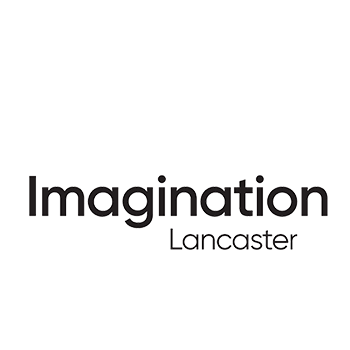You can solve your health problems using just your data. You can also use your data to prevent illness. You can connect to other users; you can see how your data fits with the general population. You can reach information advising you on how to optimise your health and wellbeing.
These are the principles of the NHSx Covid-19 track and trace app that is currently under discussion in the UK. But they are also the principles of a design fiction the EPSRC Qualified Selves project team and I created in September 2019. Our design fiction was called NHS connect.
The project began by asking a group of 8 self-trackers, often referred to as ‘quantified selfers’, what their data dreams might be, including what they wished to see in the future, exploring issues of data collection, management and use. The EPSRC Qualified Selves project team created the NHS Connect design fiction, including an infomercial and its accompanying ‘body implants’ to challenge and explore the limits of personal data collection. How could data be used to help others in the future? What are the complexities of such a concept being brought to life?
Although our design fiction focused on a set of implants, rather than a standalone app, who is to say that in 20 years-time an implant will not track viral symptoms such as a change in body temperature or loss of taste? Perhaps we will be notified when and if we are at risk of catching a disease from a passer-by in the street and need to be shielded. Indeed, this is exactly what the NHSx Covid-19 track and trace app will be for.
Coronavirus demonstrates that near-futures can be ‘sped up’ by disruption. A few months ago, opportunities such as remote working were often seen as a privilege afforded to a few, now they are the ‘new normal’. With the creation of the contact tracking app, Covid-19 is a catalyst towards a new understanding of not only what our personal data is, but also its role in our communities. The importance of knowing ourselves better in order to help others is brought to light. But who has the power over it? How do we fight the inequalities that arise from it?
A centralised contract tracing app differs from the product owned versions currently in place in other countries, produced by Apple and Google. With NHSx track and trace, the information does not stay on the user’s phone, opening it up to a wide range of issues. Is it even legal? Can our phones even cope with the extra background information? These are all questions that arose when we presented our NHS Connect to the participants of our project.
What does it mean when a design fiction becomes a design reality?
Design fictions deal with a problem in the present, serving as a provocation to help us reconsider the limits and scope of our contemporary designs. It is common for design fictions to appear in the present, because they are so current and they deal with the same issues. Design fictions are political actions, NHS Connect provoked our users into thinking about the extent to which they would allow someone to use their data and have control over their information. It asks an uncomfortable question: what is the price to pay for being healthy?
Whether or not the UK follows a centralised approach remains to be seen, but one thing is clear: the ways our data is used must be controlled and monitored.
